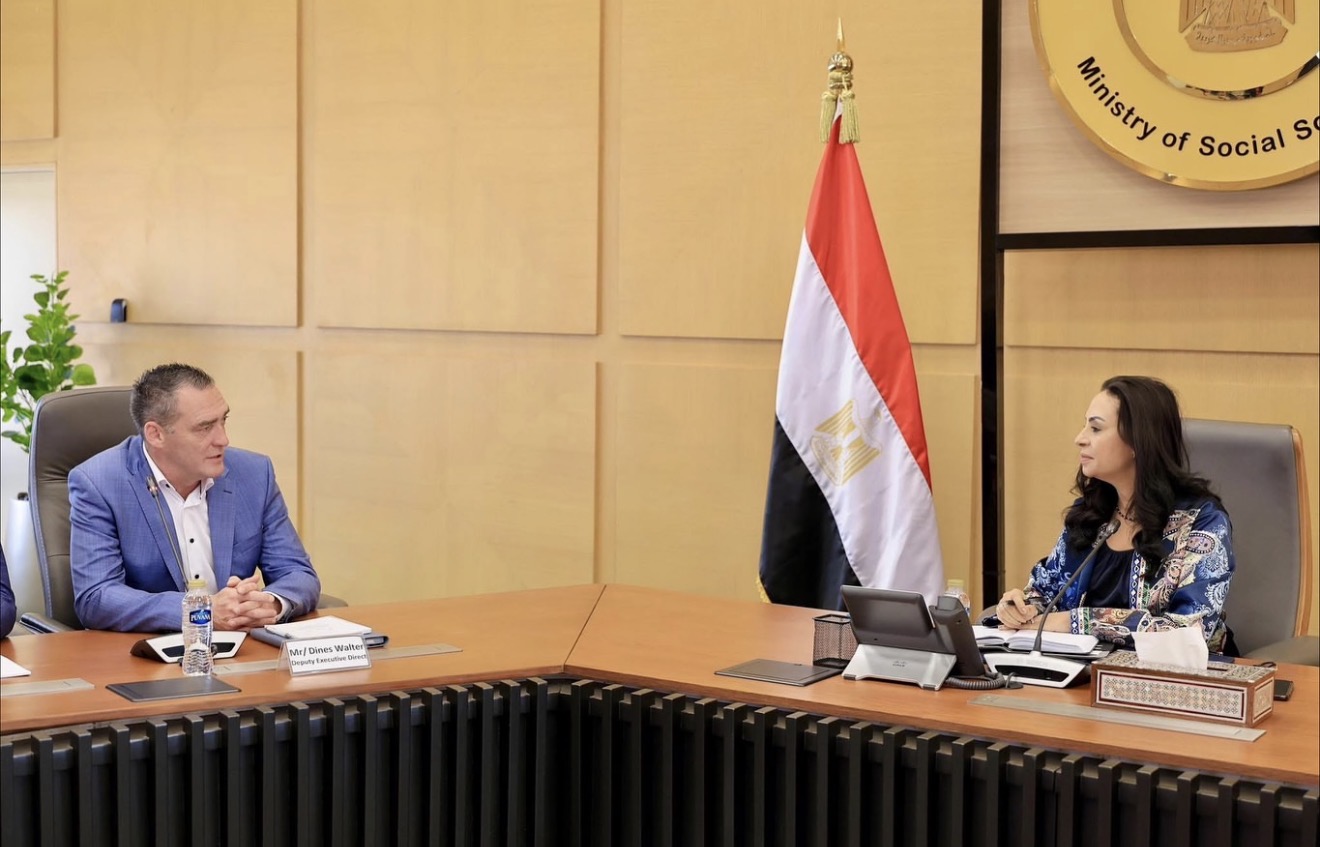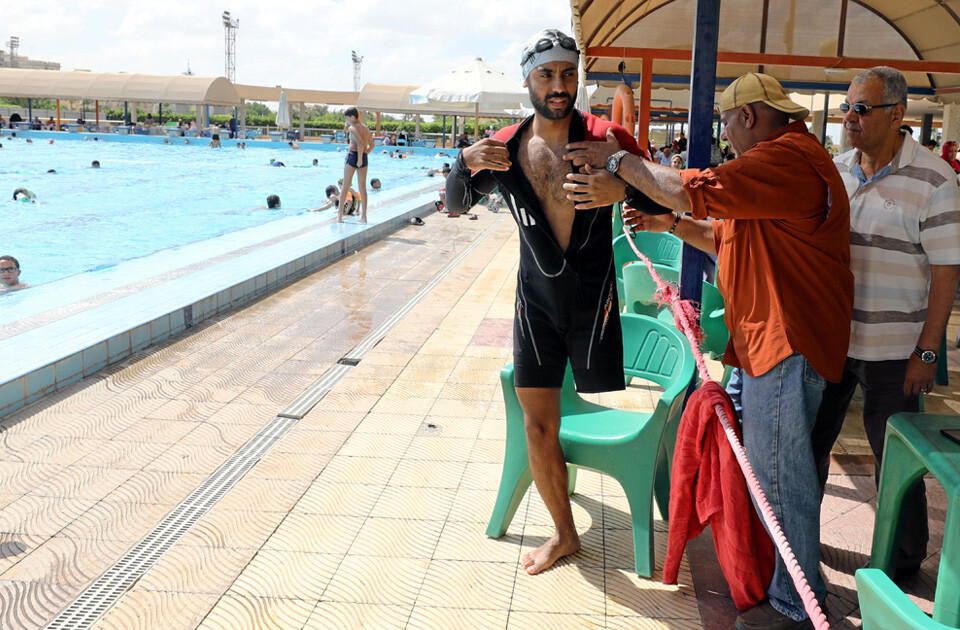Ahmed, in his 40s, is a garage attendant working in a middle-class neighbourhood of Cairo. He relies on crutches after the amputation of one leg. Just two streets away, a 10-year-old boy is playing football. He, too, lives with a disability, as his left hand has been amputated.
Neither Ahmed nor the boy has considered using prosthetic limbs. Both belong to vulnerable segments of society and remain unaware of how to access such support through civil society organisations.
According to the Central Agency for Public Mobilisation and Statistics, people with disabilities made up approximately 11 per cent of Egypt’s population in 2017, with motor disabilities accounting for about 6.8 per cent. To help out this segment of the population, the government is taking steps to localise the production of prosthetic limbs and orthotic devices. The Ministry of Social Solidarity and other relevant authorities are taking the initiative in line with the political leadership’s directives to advance this sector.
Margaret Saroufim, deputy minister of social solidarity, told Al-Ahram Weekly that “Egypt is currently developing a system for prosthetic limbs and orthotics, because up till now we have been heavily relying on imported components, especially for limbs with advanced technical specifications, due to the absence of a specialised local industry.”
She added that some civil society organisations, including NGOs overseen by the ministry, provide limited services such as basic assembly, maintenance, and adjustments of prosthetic limbs.
A national project has now been launched to establish centres for the localisation of prosthetic limb manufacturing in several governorates, Saroufim said, adding that the next step will be establishing an integrated national service system.
“The project will serve as a nucleus for delivering comprehensive services including assessment, fitting, and post-fitting support, while also focusing on technical training in partnership with international experts. This is an important step towards achieving self-sufficiency and providing services in line with international standards and sustainable quality,” she said.
Haitham Al-Tabaai, executive director of the Abwab Al-Khair Foundation, a NGO, has been providing prosthetic limbs and devices to those in need for the past 12 years. “The cost of prosthetic limbs has risen dramatically. When I first began working in the sector, the average price was LE9,000. Just two weeks ago, it was LE55,000,” he said.
The price of prosthetic limbs is at the mercy of the dollar exchange rate, he said. One man whose son lost a leg in a train accident had kept saving up to buy a prosthetic limb for his son, but each time he had enough money, the price had risen again, he added. “Eventually, he had no choice but to seek help from a civil society organisation. It was a heavy burden for him to ask for assistance.”
Rising prices have meant that Egypt has abandoned the European market and sought imports from other markets such as Russia, South Africa, and China, which are of lower quality but are much more reasonably priced, Al-Tabaai added. Localising the manufacture of prosthetic limbs and orthotics in Egypt will be a positive step if high-quality products can be provided at a reasonable cost, he added, noting that more NGOs would then be able to offer support in this domain.
Saroufim said that one of the key challenges of localising this industry os the absence of the specialised industrial infrastructure capable of producing prosthetic components in accordance with international standards. There is a lack of technological and technical capabilities in this field as well as a shortage of qualified workers, she said, adding that the lack of an integrated system that encompasses training, operations, distribution, and quality control contributes to the problem.
Up to now, Egypt has completely depended on imported raw materials and essential components in this field.
To address these challenges, Egypt has formed a technical committee made up of representatives from over 30 ministries, authorities, and relevant institutions tasked with studying and overcoming problems hindering the localisation of prosthetic limbs manufacturing on the national level, Saroufim said.
The Ministry of Social Solidarity has been tasked with establishing 42 prosthetic limb assembly and fitting centres, to be implemented in six phases. The first phase, already underway, includes the launch of six centres in the Sharqia, Beheira, Ismailia, Assiut, Luxor, and Aswan governorates, she said.
“A leading German company, Ottobock, has been contracted to supply the equipment needed in the centres, provide technical support, and train Egyptian staff to operate the systems,” she added.
Establishing a specialised centre for the production and assembly of prosthetic limbs requires a range of technical, structural, and administrative prerequisites, including appropriate infrastructure, modifications to internal engineering systems, and the division of workspaces to align with the various technical stages involved in prosthetic manufacturing, she explained.
“The centres must also be situated near Ministry of Health hospitals to ensure the availability of integrated medical services. Equally important is the design of physically accessible facilities to ensure ease of use for persons with disabilities.”
“Factories producing prosthetic limbs and devices are already active, but they lack new technologies, product quality, and skilled human resources,” Saroufim noted.
She referred to the wide variation in the cost of prosthetic limbs, which depends on the type, level of complexity, whether fixed or mobile, and factors such as age appropriateness and the user’s daily activity requirements. “Imported prosthetic limbs are among the most expensive due to their reliance on precision components and specialised technologies,” she added.
In distributing prosthetic limb manufactured by national centres, the most vulnerable groups will also be prioritised, Saroufim stated. The disbursement mechanism is structured into three categories: full state coverage for families classified under priority care; partial financial contribution based on socioeconomic assessment; and responsibility to cover the full costs for people who do not meet the eligibility requirements for support.
Eligibility will be determined through a medical evaluation approved by the Ministry of Health or its affiliated institutions, which defines the individual’s health status and specifies the type of prosthetic limb required. An evaluation conducted by the Ministry of Social Solidarity will also assess the beneficiary’s economic and social conditions, determining whether they qualify for full, partial, or no financial support, she said.
“This system upholds social justice while preserving the dignity of citizens by ensuring access to prosthetic limbs that are appropriate to their medical and personal circumstances,” she stressed.
The Ministry of Social Solidarity is currently developing a database to identify people with mobility impairments who require prosthetic limbs or devices using information from the Medical Commission and the Integrated Services System that classifies cases according to the type and severity of disability, as well as the actual level of need, Saroufim added.
According to data released in July, there are 1.2 million people with mobility disabilities in Egypt, she said, calling on people with impairments to register in the Integrated Services System to determine their needs.




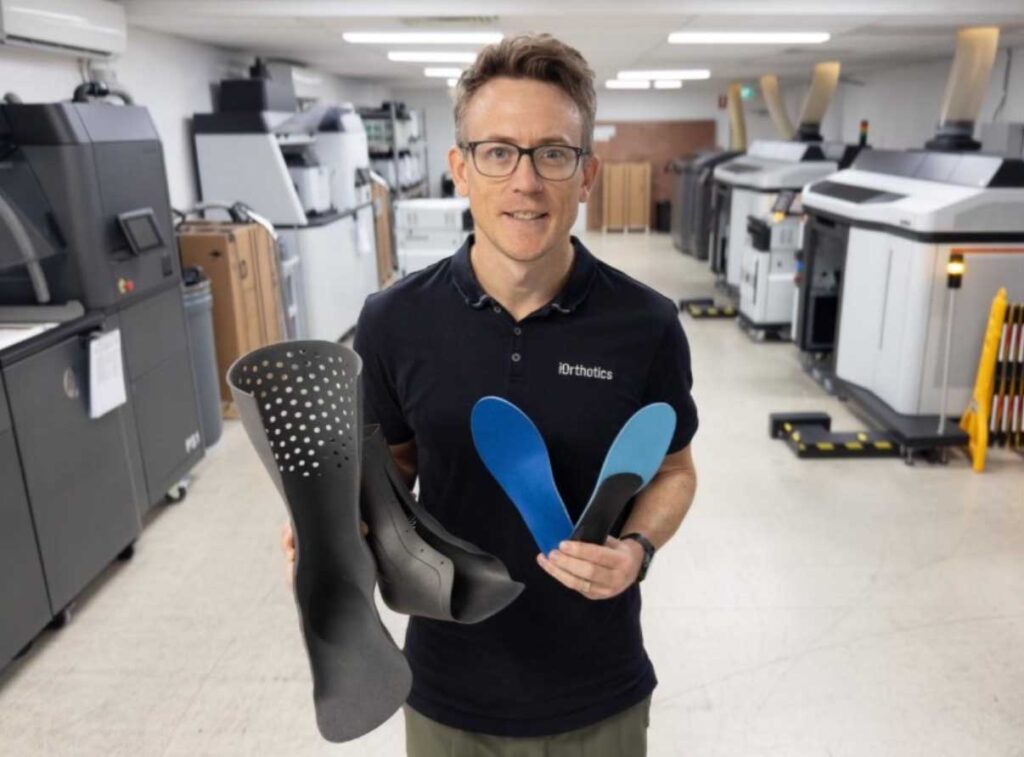

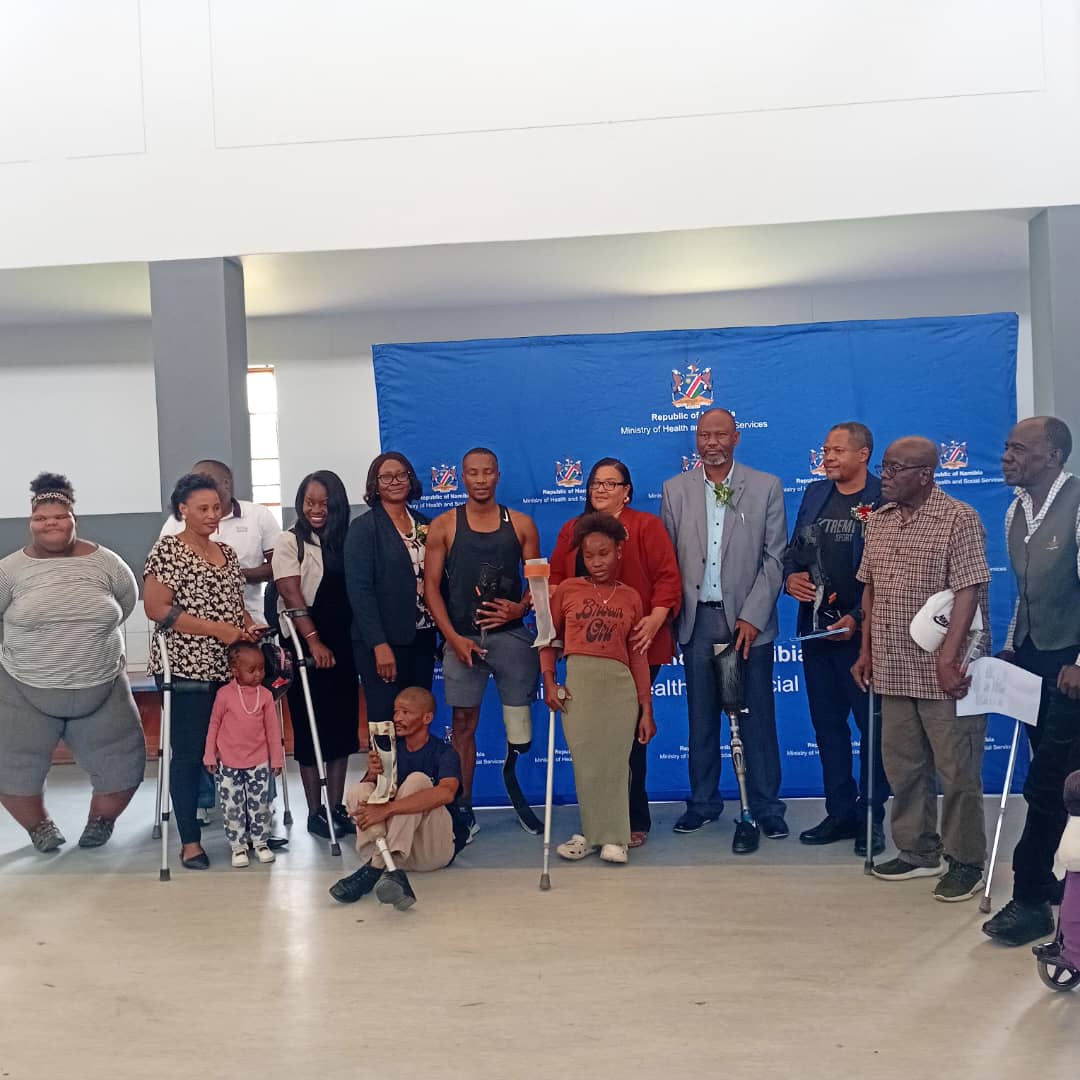
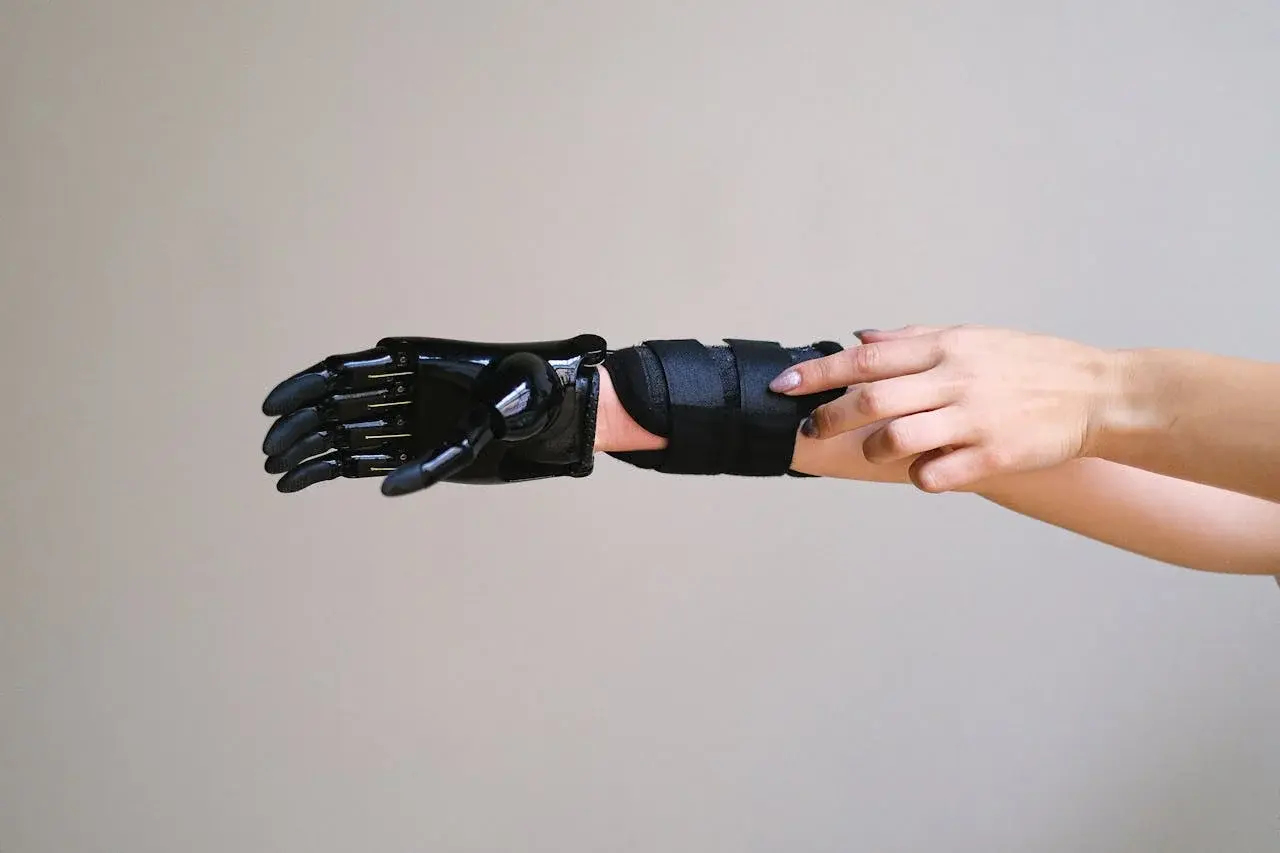
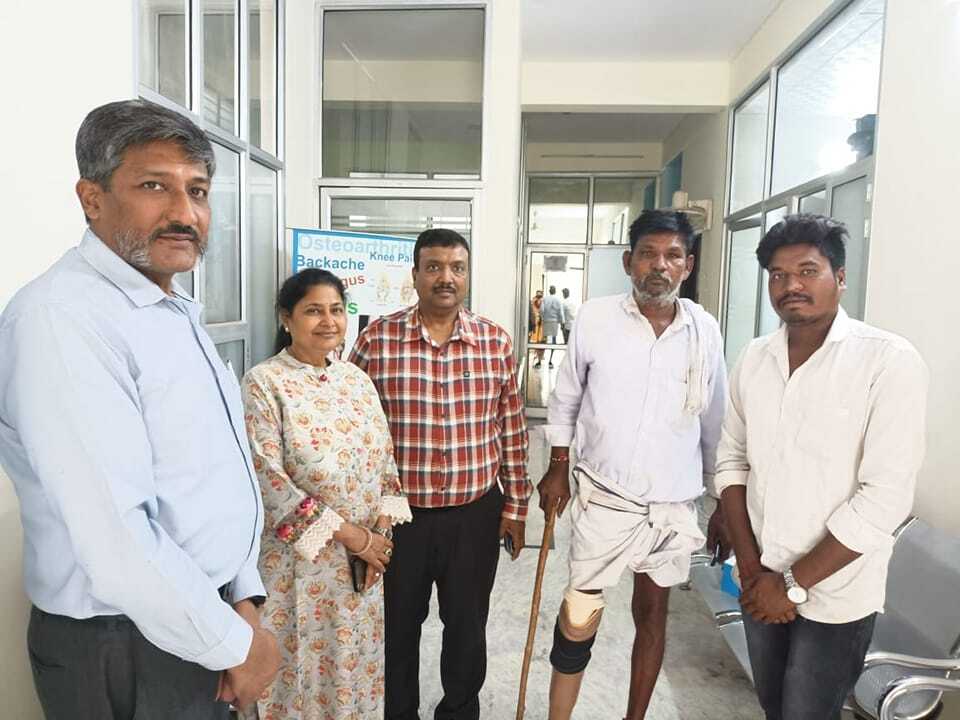
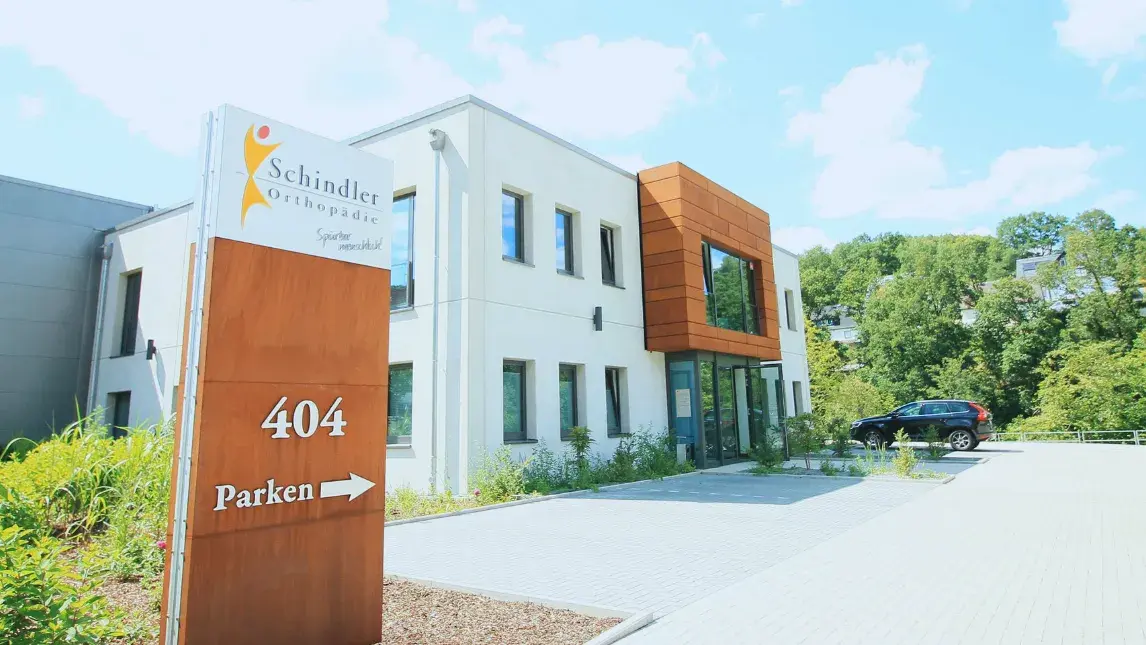

-1.png)
